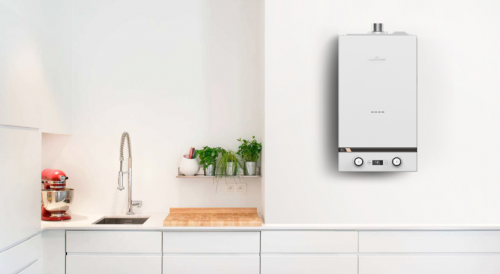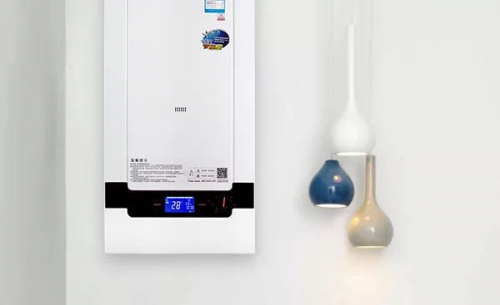
1. The type of gas specified on the product nameplate must be used
2. The Squirrel wall-hung boiler should be installed in the kitchen or closed balcony, etc. It is not recommended to install it in the bathroom, bedroom and other places.
3. In the case that the ambient temperature may freeze, please keep the wall-hung boiler energized and gas-connected. When the boiler is in the standby state, as long as the gas is unobstructed, the main circulation pipeline is unobstructed, and the water pressure of the heating system is normal, the anti-freezing function of the wall-hung boiler and the anti-jamming protection of the water pump will work. Once one of the above conditions is not met, the wall-hung boiler, pipes and radiators may be frozen and even cause safety accidents.
4. After the water supply pressure reaches 1.0-1.5bar, please close the water supply valve of the boiler, otherwise the overpressure relief valve of the heating system will keep leaking water, which may wet the indoor items.

How to use a wall-hung boiler to save gas
1. The local average minimum temperature in winter is very important for the selection of wall-hung boilers. The indoor temperature value stipulated by the state is certain, but due to the low average temperature value in winter, the thermal power of the wall-hung boiler can be selected higher. If the average temperature value is high, the thermal power of the wall-hung boiler can be selected to be lower. In the same building, the floors and orientations of the house are different, and the requirements for heat load are also different.
2. If the user travels for a long time in winter or the house is uninhabited for a long time, it is recommended to turn off the boiler and drain the water in the radiator, so as to avoid wasting water, electricity and gas, not to worry about the wall-hung boiler or radiator getting frozen.
3. If the user's house has a large housing area, many rooms, and a small population, then the radiator valve of the room with no people or low frequency of use is completely closed or reduced properly, which is equivalent to reducing the heating supply. Not only saves energy, but also accelerates the heating temperature rise in the normal use space, reducing gas consumption.
4. Many users are accustomed to turning off the wall-hung boiler when they go out for a short period of time, and then restart the heating of the boiler after returning home. Due to the large temperature difference between the room temperature and the set temperature of the boiler, it takes time to run, which not only does not save energy, but also wastes gas and increases the risk of the boiler or radiator being frozen.

How to use a wall-hung boiler to save water
1. There is a short delay before using the domestic hot water mode with the wall-hung boiler until there is hot water flowing out. At this time, the pipeline between the wall-hung boiler and the faucet is cold water, so even if the faucet is turned on to the maximum flow during this period, it is cold water. If it is turned on to the maximum, a lot of cold water will be wasted, so when using hot water, you should open a small water flow first, wait for the hot water to flow out, and then adjust he water flow as needed, which can save a lot of unnecessary waste of resources.
2. The water temperature for bathing in winter is generally around 40 °C, while in summer it is around 37 °C, and the anti-scaling characteristics of the wall-hung boiler also determine that when the set water temperature of domestic water exceeds 60 °C, the possibility of scaling will be great. The production of scale will inevitably affect the heat exchange efficiency of the equipment.
3. Minimize the number of times the faucet is turned on and off during the bath. Because every time the hot water faucet is switched on and off, the boiler will be started once, and a large amount of cold water will be wasted during the startup period, and frequent startup of the boiler will easily cause internal damage and increase maintenance costs.
